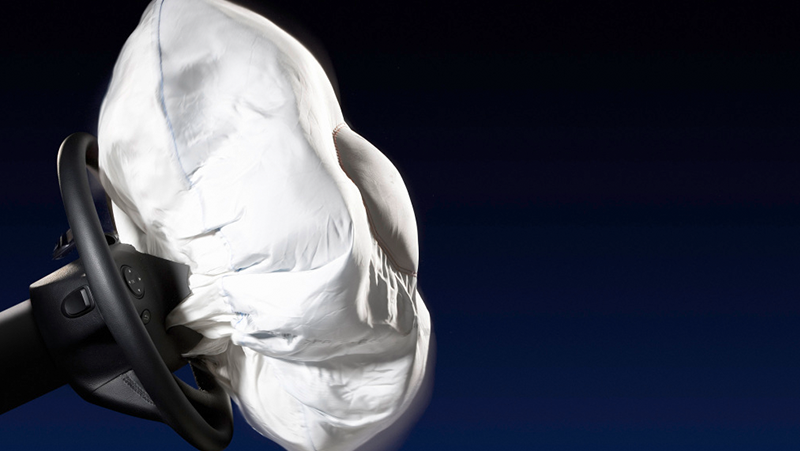We use cookies to make your experience better. To comply with the new e-Privacy directive, we need to ask for your consent to set the cookies. Learn more.


Fleet automotive milestones through time
 1983 – With the help of the ‘Clunk, click with every trip’ advert it became compulsory to wear a seatbelt as of the 31st January 1983.
1996 - Brake Assist (BAS) was introduced by Mercedes-Benz. BAS shortens the stopping distance in an emergency – when the driver applies the brakes too hesitantly or too gently in a critical situation.
2002 – CO2 – Based company car tax introduced. The company car tax system had been designed to provide financial incentives for employers and company car drivers to choose cars that produce lower CO2 emissions, and encourage car manufactures to develop and introduce greener cars.
2007 – The Mercedes-Benz S400 was the first hybrid car to adopt a rechargeable battery. The lithium-ion.
2008 – Saw Chancellor Alistair Darling confirm the reform of the vehicle Excise Duty (VED) structure. From 2009, VED would be restructured so that there were financial incentives for choosing the greenest cars.
1983 – With the help of the ‘Clunk, click with every trip’ advert it became compulsory to wear a seatbelt as of the 31st January 1983.
1996 - Brake Assist (BAS) was introduced by Mercedes-Benz. BAS shortens the stopping distance in an emergency – when the driver applies the brakes too hesitantly or too gently in a critical situation.
2002 – CO2 – Based company car tax introduced. The company car tax system had been designed to provide financial incentives for employers and company car drivers to choose cars that produce lower CO2 emissions, and encourage car manufactures to develop and introduce greener cars.
2007 – The Mercedes-Benz S400 was the first hybrid car to adopt a rechargeable battery. The lithium-ion.
2008 – Saw Chancellor Alistair Darling confirm the reform of the vehicle Excise Duty (VED) structure. From 2009, VED would be restructured so that there were financial incentives for choosing the greenest cars.
 2011 – Plug-in Grant Launched. The grant was created in 2011 to encourage sales of ultra-low emission vehicles (ULEVs) and has been instrumental in the UK becoming the biggest ULEV market in the EU, and the fourth largest in the world. Some 50,000 people have already benefited from the grant.
2016 – The first Brexit vote was announced.
2017 – Plans revealed to improve air quality. The plan was released to reduce the roadside nitrogen dioxide concentrations. This saw NEDC pollutions testing change to WLTP.
Future – With all the improvements in place from the government and car manufactures heading towards electric cars we are happy to confirm our EQ range will be available as of next year, starting with the EQC.
2011 – Plug-in Grant Launched. The grant was created in 2011 to encourage sales of ultra-low emission vehicles (ULEVs) and has been instrumental in the UK becoming the biggest ULEV market in the EU, and the fourth largest in the world. Some 50,000 people have already benefited from the grant.
2016 – The first Brexit vote was announced.
2017 – Plans revealed to improve air quality. The plan was released to reduce the roadside nitrogen dioxide concentrations. This saw NEDC pollutions testing change to WLTP.
Future – With all the improvements in place from the government and car manufactures heading towards electric cars we are happy to confirm our EQ range will be available as of next year, starting with the EQC.
 Interested in how Mercedes-Benz can support your business? Visit our business portal.
Interested in how Mercedes-Benz can support your business? Visit our business portal. 